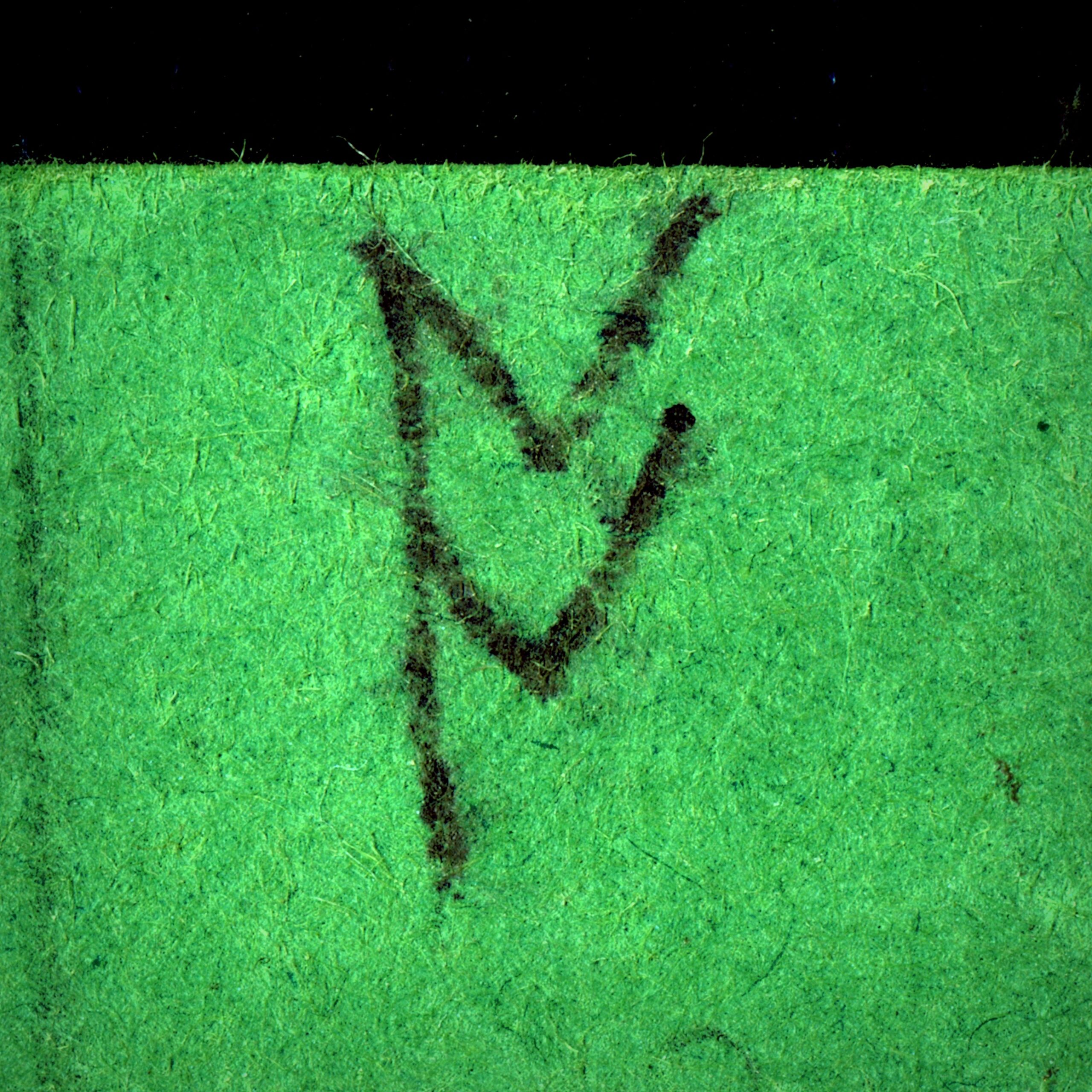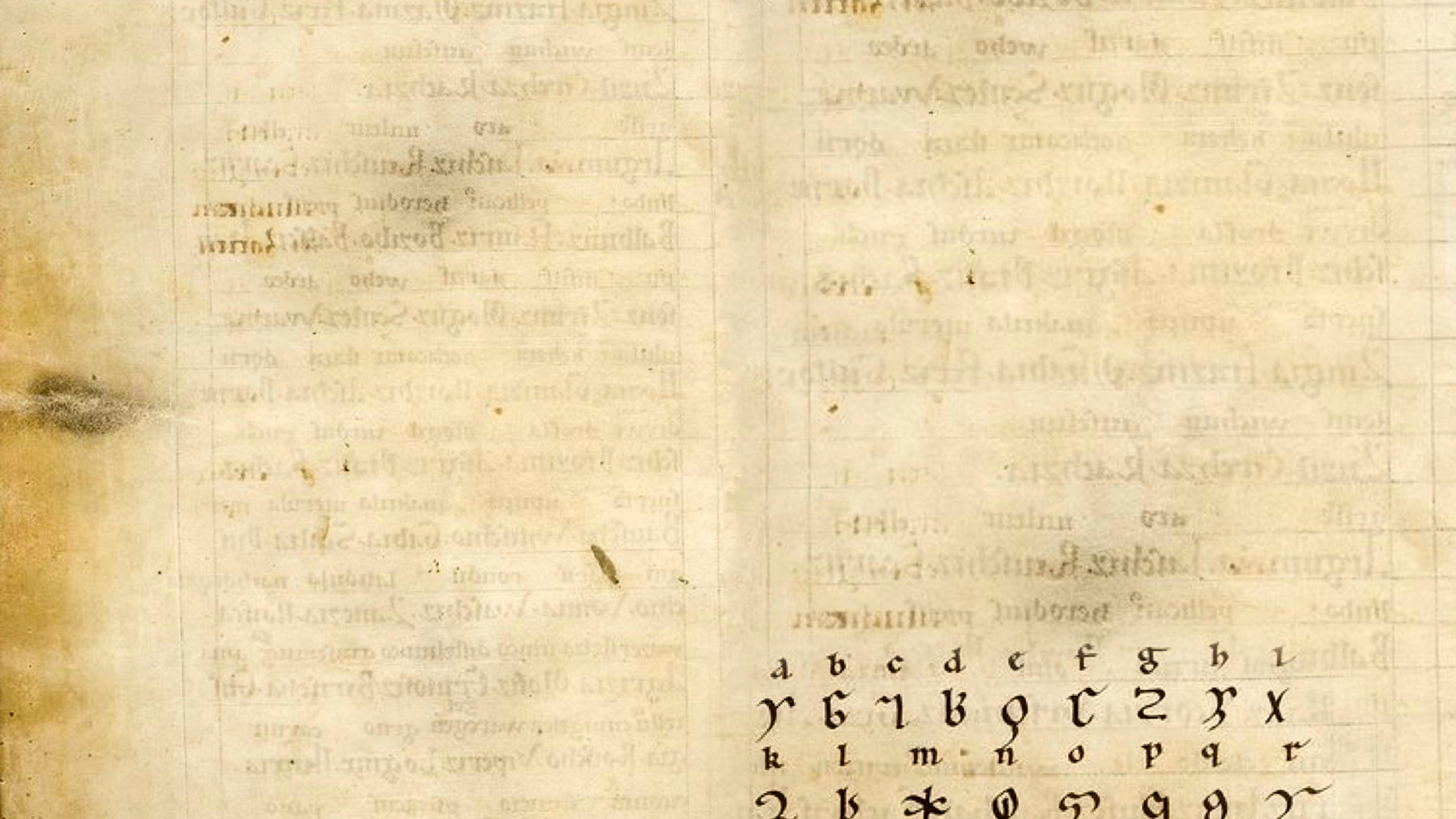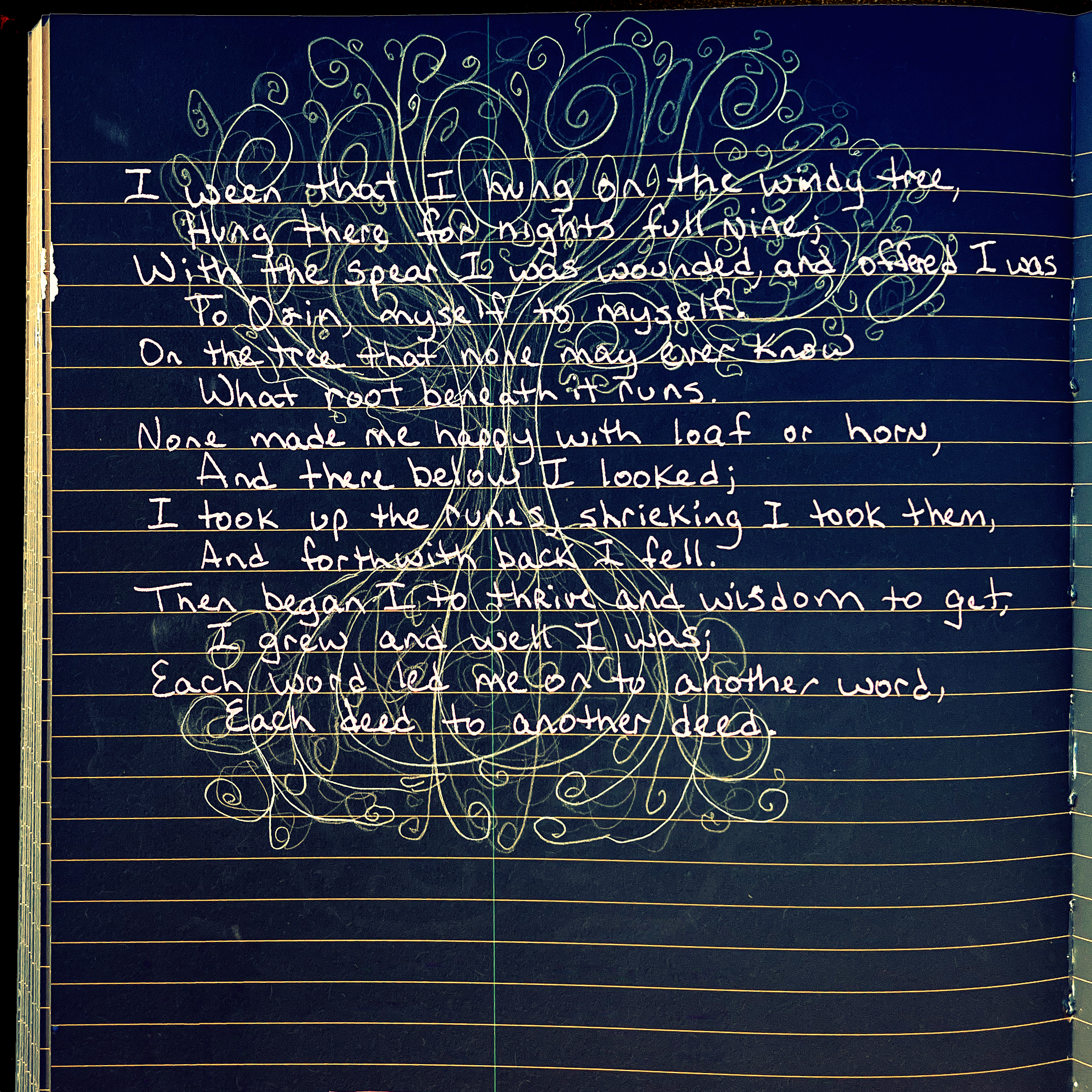
Archaeologists in their digging and dating trace the oldest runic alphabet back to the late second century. The oldest rune carvings are often of the alphabet itself, carved in order. They’ve found runes etched into durable things like rock, metal, bone, but sometimes the odd piece of wood might survive. These earliest rune carvings have been found all over Northern Europe, even on occasion as far south as France, but most particularly around the Baltic Sea Coast. The messages would be brief, saying things like Vern made me. Not an actual Vern, there was no V. I’d carve this here if I could, carve it into light, but I’d have to use my own V.
The earliest runic inscriptions reveal no memory that the runes came from a prior alphabet, though they line up beautifully with several Latin letters, and correspond even more closely to Etruscan, the language of ancient northern and central … More

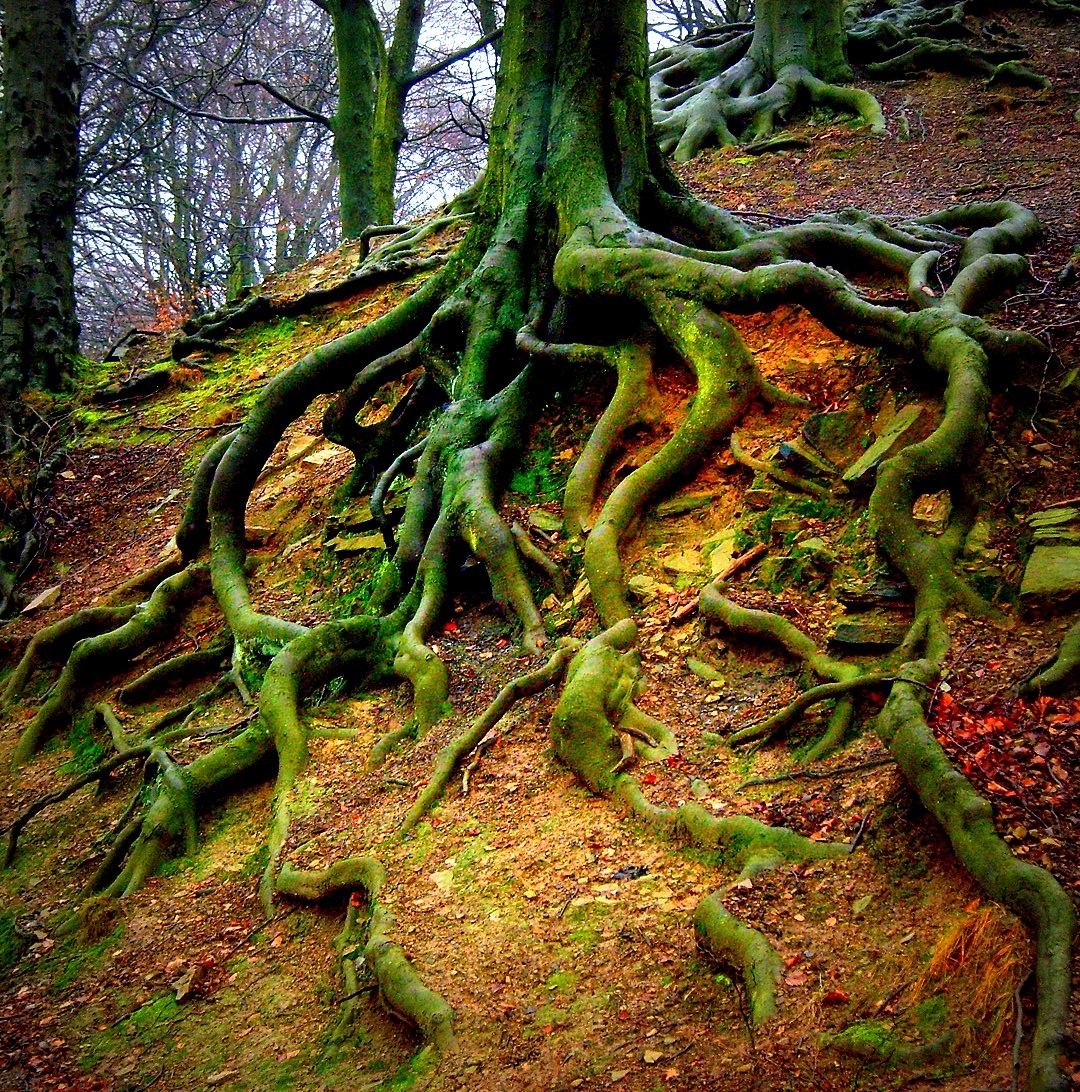 You getting it from all sides? Lots of people want to take you on? Something’s coming for you, but this is the Æsc rune, and it is used to a good fight. It’s seen plenty of battles, and yours is no different. Æsc says stand tall and plant. You hold steady, firm in your foundations. Those roots you draw from go deep, farther than you know, all the way into your ancestry so connect with your elders, get right with them and hold.
You getting it from all sides? Lots of people want to take you on? Something’s coming for you, but this is the Æsc rune, and it is used to a good fight. It’s seen plenty of battles, and yours is no different. Æsc says stand tall and plant. You hold steady, firm in your foundations. Those roots you draw from go deep, farther than you know, all the way into your ancestry so connect with your elders, get right with them and hold.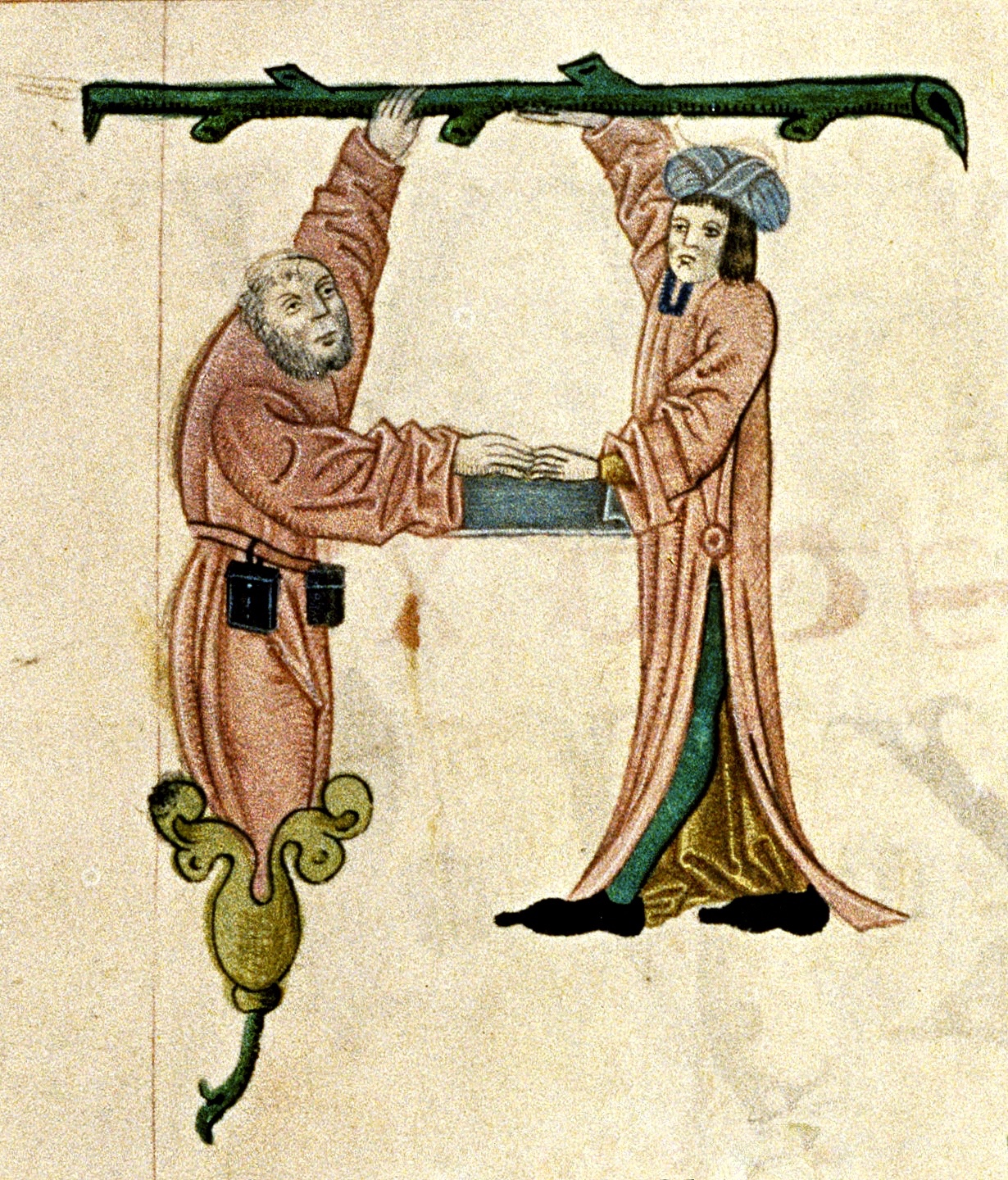
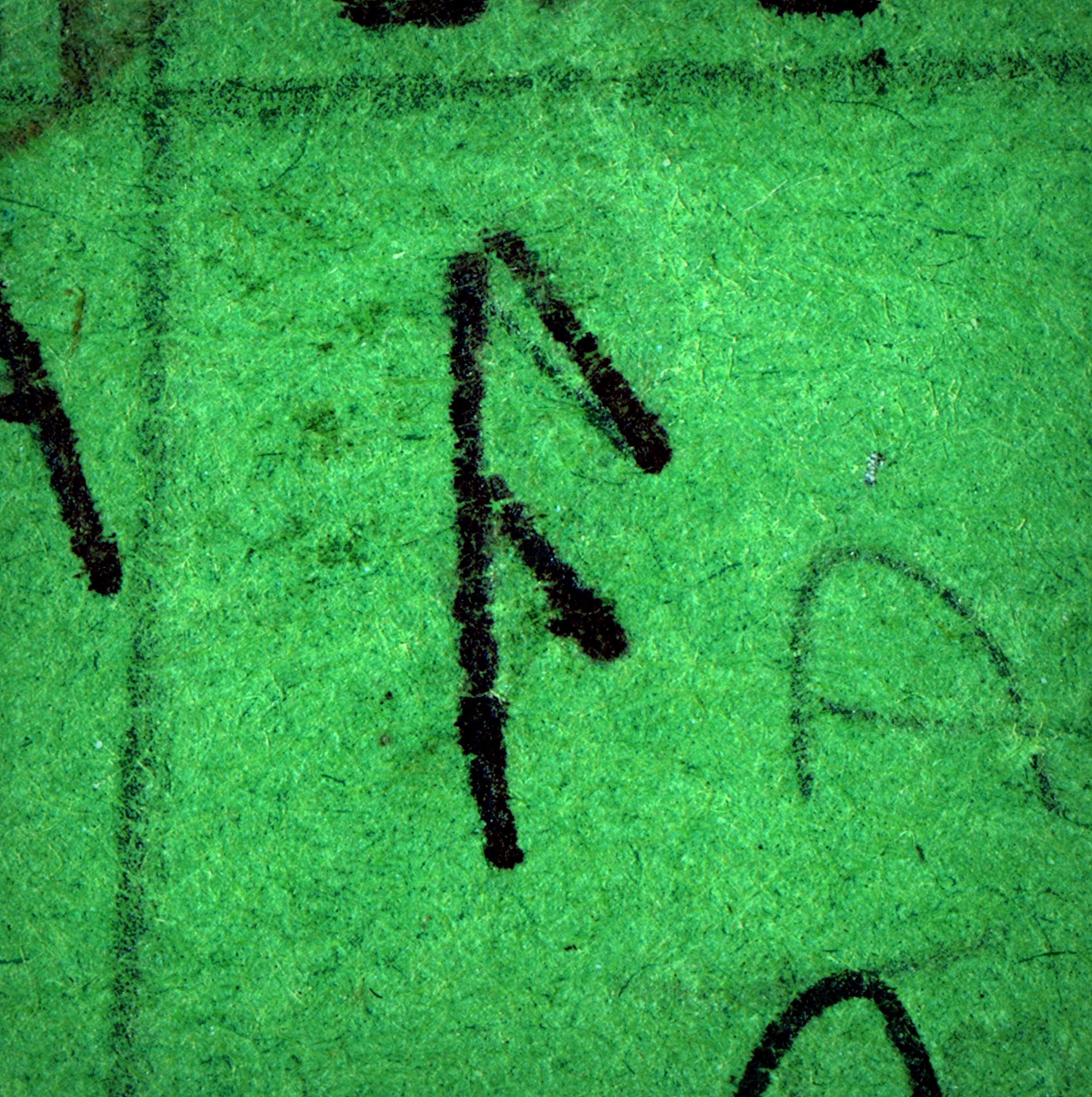 The
The 